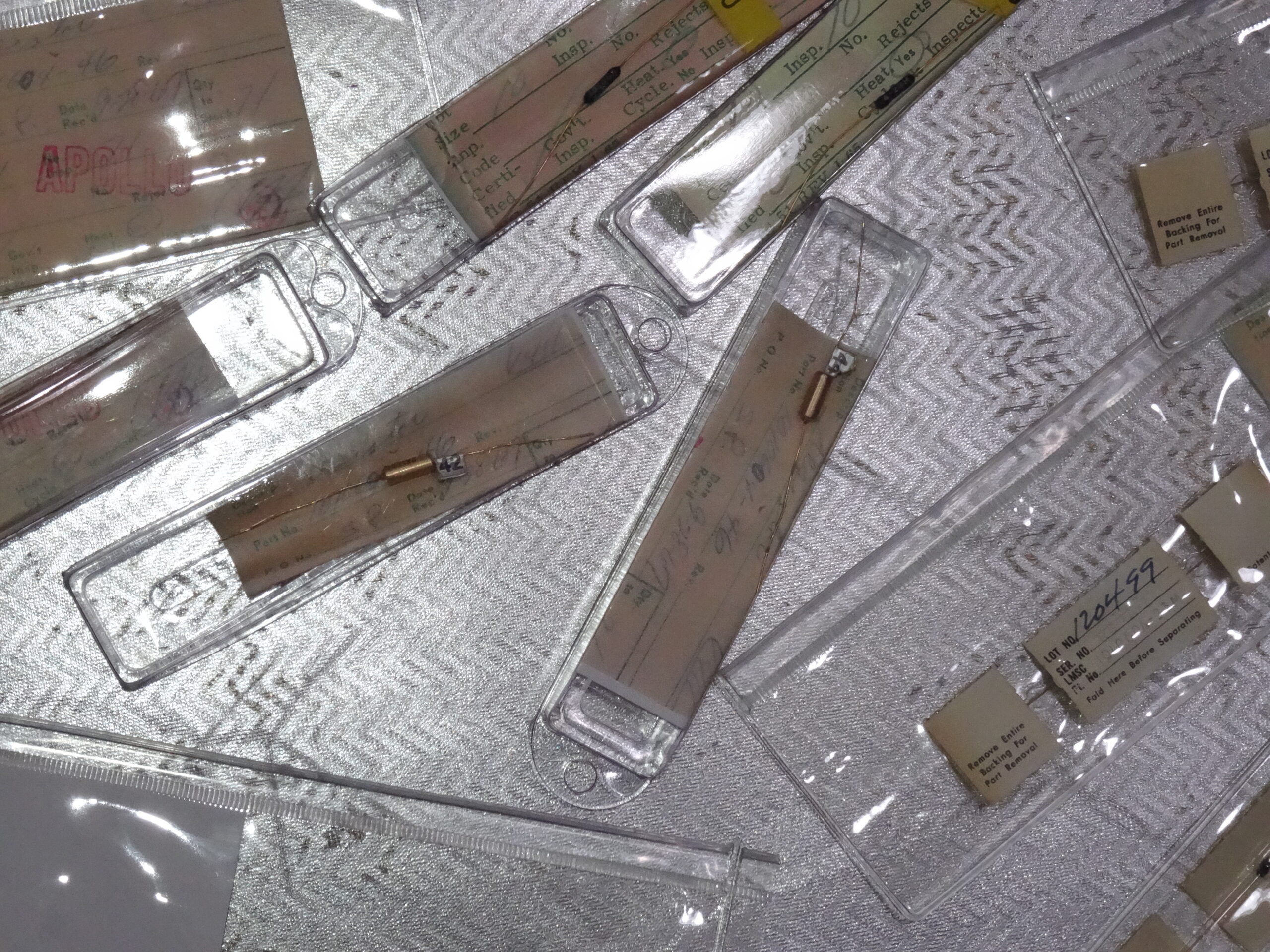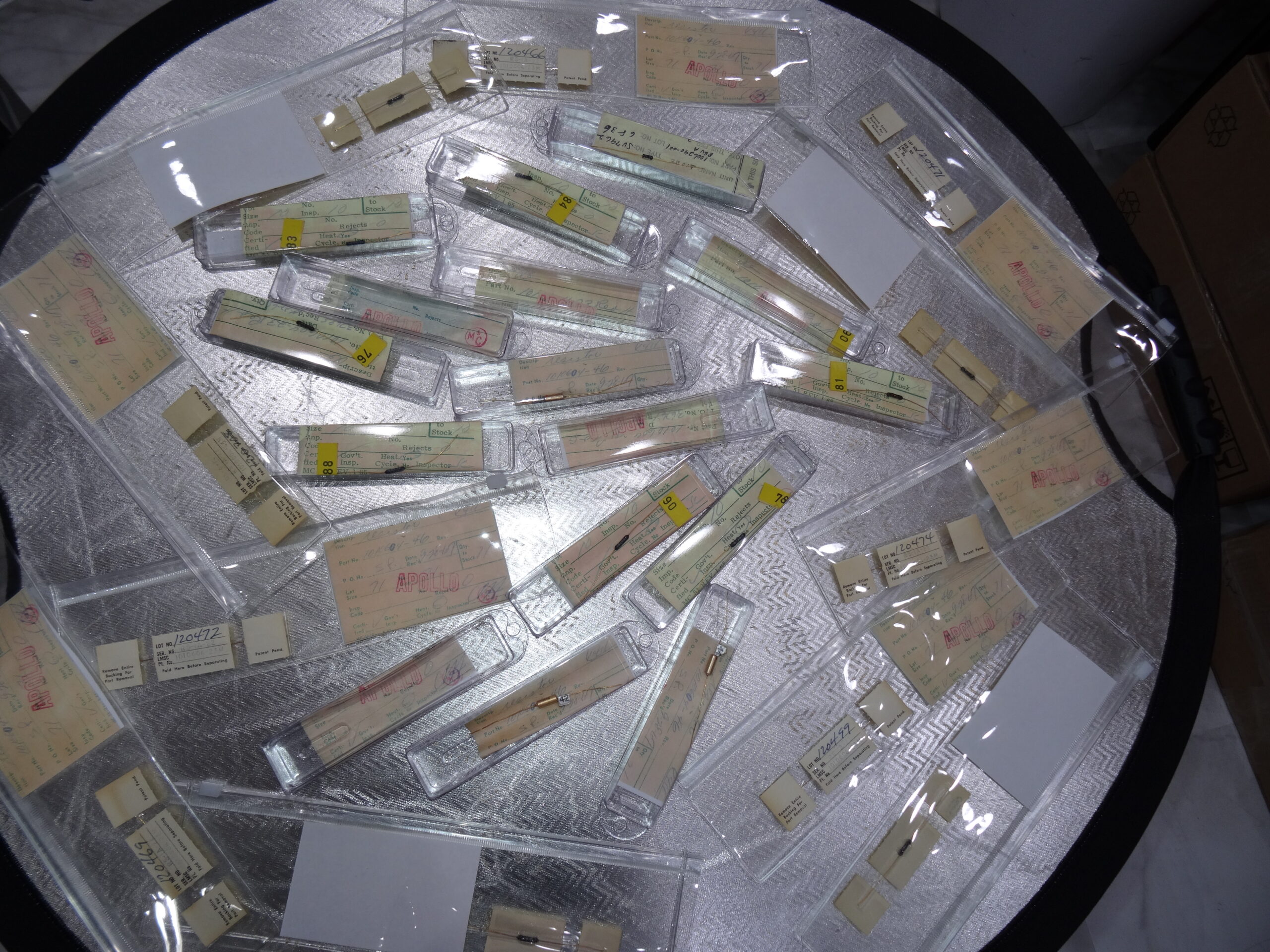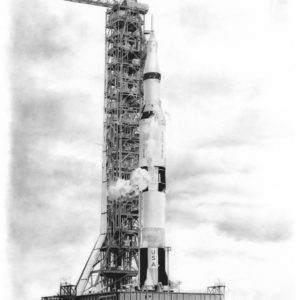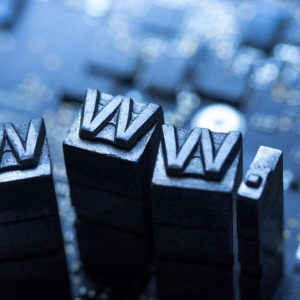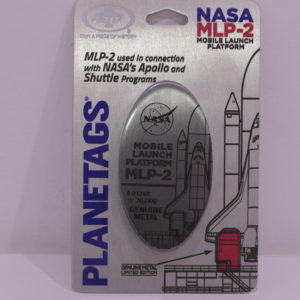Description
Our choice we pick the piece.
$250 Each
Free Shipping
Own A Piece of History
Original Apollo Electronics, New
From 1967
Introduction: The Apollo program, one of the greatest achievements in human history, aimed to land humans on the moon and bring them safely back to Earth. To achieve this, NASA engineers and scientists had to design and develop a wide range of electronic components that could withstand the harsh environment of space. Among these components were capacitors and resistors, which played a critical role in the Apollo program’s success. This paper will explore the history, design, and collectability of these components.
History: The Apollo program began in the early 1960s, a time when electronic technology was rapidly advancing. The program’s goal was to land humans on the moon and bring them safely back to Earth. To achieve this goal, NASA had to design and develop a wide range of electronic components, including capacitors and resistors.
The capacitors and resistors used in the Apollo program were made to withstand the extreme conditions of space, including extreme temperatures, radiation, and vibration. These components had to be highly reliable and able to function for extended periods without failure. To achieve this, NASA engineers used the best available materials and design techniques.
Design: The capacitors and resistors used in the Apollo program were designed to meet specific requirements. For example, the capacitors had to be able to store and discharge electrical energy quickly and efficiently. They also had to be able to withstand extreme temperatures and radiation.
The resistors used in the Apollo program were designed to regulate electrical current and protect other components from damage. These resistors had to be able to withstand extreme temperatures and radiation without failure.
To meet these requirements, NASA engineers used specialized materials, including ceramics and tantalum, which are known for their high reliability and durability. They also used specialized manufacturing techniques, including vacuum deposition and sputtering, to produce components that met the stringent requirements of space.
Collectability: The capacitors and resistors used in the Apollo program are highly collectible today. These components are rare and difficult to find, making them valuable to collectors and enthusiasts.
One of the most sought-after capacitors is the AVX Tantalum capacitor, which was used extensively in the Apollo program. These capacitors are highly reliable and durable, making them popular among collectors.
Another collectible capacitor is the Sprague Vitamin Q capacitor, which was used in the lunar module’s guidance computer. These capacitors are known for their unique sound and are highly valued by vintage audio enthusiasts.
Conclusion: The capacitors and resistors used in the Apollo program played a critical role in the program’s success. These components had to be highly reliable and able to function for extended periods without failure. To achieve this, NASA engineers used specialized materials and manufacturing techniques to produce components that met the stringent requirements of space including Gold leads on all units.
Today, these components are highly collectible, with some capacitors fetching hundreds of dollars on the collector’s market. These components serve as a reminder of the Apollo program’s incredible achievements and the groundbreaking technology that made it possible.
